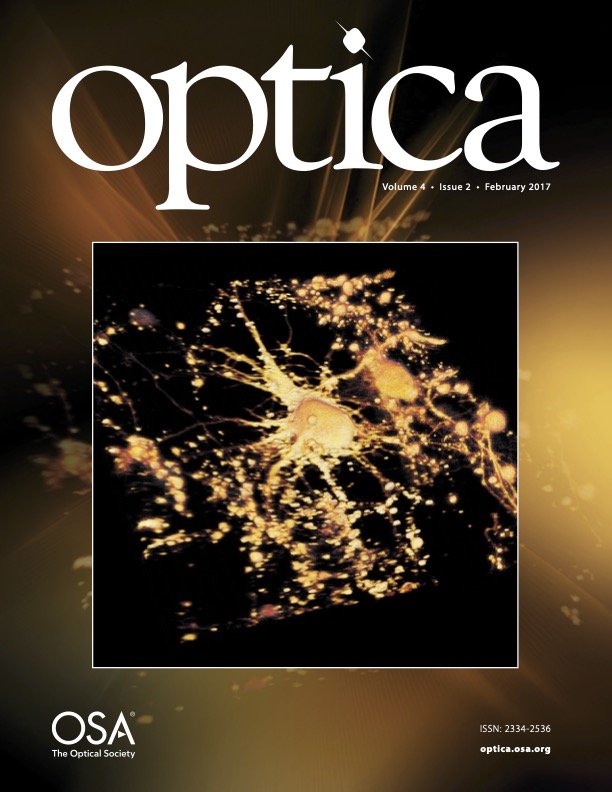Publications
For the most up to date list of publications, please visit the National Center for Biotechnology Information (NCBI).
Proteolysis-free amoeboid migration through crowded environments via bleb-driven worrying. Developmental Cell.
Compression-dependent microtubule reinforcement comprises a mechanostat which enables cells to navigate confined environments. Nature Cell Biology.
Mammalian circadian clock proteins form dynamic interacting microbodies distinct from phase separation. Proceedings of the National Academy of Sciences USA.
u-track3D: Measuring, Navigating, and Validating Dense Particle Trajectories in Three Dimensions. Cell Reports Methods.
A Comprehensive Model of Drosophila Epithelium Reveals the Role of Embryo Geometry and Cell Topology in Mechanical Responses. Elife.
Blebs Promote Cell Survival by Assembling Oncogenic Signalling Hubs. Nature.
Discoidin Domain Receptor 2 Regulates Aberrant Mesenchymal Lineage Cell fate and matrix organization. Science Advances.
Resolution Doubling in Light-Sheet Microscopy via Oblique Plane Structured Illumination. Nature Methods.
Increasing the Field-of-View in Oblique Plane Microscopy via Optical Tiling. Biomedical Optics Express.
Isotropic Imaging Across Spatial Scales with Axially Swept Light-Sheet Microscopy. Nature Protocols.
Particle Retracking Algorithm Capable of Quantifying Large, Local Matrix Deformation for Traction Force Microscopy. PLoS One.
Structure of Long-Range Direct and Indirect Spinocerebellar Pathways as well as Local Spinal Circuits Mediating Proprioception. The Journal of Neuroscience
Heterozygous Mutation of Vegfr3 Reduces Renal Lymphatics without Renal Dysfunction. Journal of the American Society of Nephrology
Real-Time Multi-Angle Projection Imaging of Biological Dynamics. Nature Methods
Pre-Complexation of Talin and Vinculin Without Tension is Required for Efficient Nascent Adhesion Maturation. eLife
Actin-Membrane Release Initiates Cell Protrusions. Developmental Cell
A Versatile Oblique Plane Microscope for Large-Scale and High-Resolution Imaging of Subcellular Dynamics. eLife
Proline Rich 11 (PRR11) Overexpression Amplifies PI3K Signaling and Promotes Antiestrogen Resistance in Breast Cancer. Nature Communications
Converting Lateral Scanning into Axial Focusing to Speed up Three-Dimensional Microscopy. Light: Science & Applications
A Systematic and Quantitative Comparison of Lattice and Gaussian Light-Sheets. Optics Express
Extended Depth of Focus Multiphoton Microscopy via Incoherent Pulse Splitting. Biomedical Optics Express
Light-Sheet Microscopy of Cleared Tissues withIisotropic, Subcellular Resolution. Nature Methods
Robust and Automated Detection of Subcellular Morphological Motifs in 3D Microscopy Images. Nature Methods
Enhanced Dendritic Actin Network Formation in Extended Lamellipodia Drives Proliferation in Growth-Challenged Rac1P29S Melanoma Cells. Developmental Cell
Universal Light-Sheet Generation with Field Synthesis. Nature Methods
Lossless Three-Dimensional Parallelization in Digitally Scanned Light-Sheet Fluorescence Microscopy. Scientific Reports
Imaging Subcellular Dynamics with Fast and Light-Efficient Volumetrically Parallelized Microscopy. Optica.
A Bright Cyan-Excitable Orange Fluorescent Protein Facilitates Dual-Emission Microscopy and Enhances Bioluminescence Imaging in Vivo. Nature Biotechnology
Determination of Liquid-Liquid Critical Point Composition Using 90∘ Laser Light Scattering. Physical Review E.
Diagonally Scanned Light-Sheet Microscopy for Fast Volumetric Imaging of Adherent Cells. Biophysical Journal
Quantitative Multiscale Cell Imaging in Controlled 3D Microenvironments. Developmental Cell
Deconvolution-Free Subcellular Imaging with Axially Swept Light Sheet Microscopy. Biophysical Journal
High-Speed Multiparameter Photophysical Analyses of Fluorophore Libraries. Analytical Chemistry
Microfluidics-Based Selection of Red-Fluorescent Proteins with Decreased Rates of Photobleaching. Integrative Biology.
Uniform and Scalable Light-Sheets Generated by Extended Focusing. Optics Express
Advances in Fluorescence Labeling Strategies for Dynamic Cellular Imaging. Nature Chemical Biology
Direct Comparison of a Genetically Encoded Sensor and Small Molecule Indicator: Implications for Quantification of Cytosolic Zn2+. ACS Chemical Biology
Microfluidic Cell Sorter for use in Developing Red Fluorescent Proteins with Improved Photostability. Lab on a Chip
Visualizing Metal Ions in Cells: An Overview of Analytical Techniques, Approaches, and Probes. Biochimica et Biophysica Acta (BBA) - Molecular Cell Research
Microfluidic Flow Cytometer for Quantifying Photobleaching of Fluorescent Proteins in Cells. Analytical Chemistry
Analysis of Red-Fluorescent Proteins Provides Insight into Dark-State Conversion and Photodegradation. Biophysical Journal
The Stir−Settle Approach to Semiautomated Light Scattering Determination of Liquid−Liquid Coexistence Curves. Journal of Chemical & Engineering Data
The Accuracy of Liquid-Liquid Phase Transition Temperatures Determined from Semiautomated Light Scattering Measurements. The Journal of Chemical Physics



